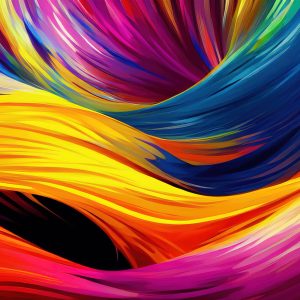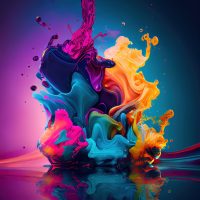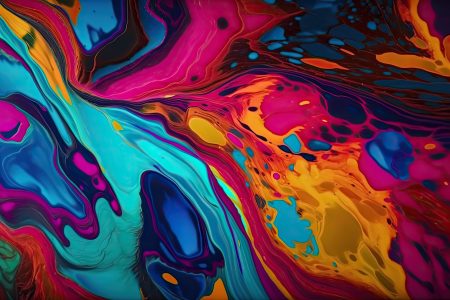


Exploring the Art of Willy Richardson
Welcome to our feature on Willy Richardson, a contemporary artist whose vibrant and dynamic works challenge traditional boundaries and embrace innovative techniques. Richardson’s artistry spans various mediums, incorporating elements of paper making, silkscreen printing, and unique painting techniques which are perfectly described at https://domyessay.com/scholarship-essay-writing-service making his body of work a perfect example of how traditional methods can be adapted to safer and more sustainable practices.

Innovations in Traditional Techniques
Paper Making:
Richardson’s approach to paper making involves the use of environmentally friendly and non-toxic materials. By integrating organic pigments and recycled components, he demonstrates how artists can maintain ecological responsibility while achieving high-quality results. Students like Richardson can find research papers for sale at PaperWriter and save time and money as well.
Silkscreen Printing:
Richardson utilizes silkscreen printing to create layers of depth and texture in his artwork. His method focuses on the use of water-based inks as opposed to traditional solvent-based inks, reducing the emission of volatile organic compounds (VOCs) and enhancing studio safety. This technique not only aligns with safer artistic practices but also showcases how vibrant results can be achieved without harmful chemicals.
Use of Non-toxic Materials:
In his painting, Richardson often explores the question: “Is acrylic paint toxic?” By selecting high-quality, non-toxic acrylic paints, he mitigates health risks commonly associated with more hazardous art materials. His choice emphasizes the importance of artist safety without compromising the intensity and durability of color.

Safe Studio Practices
Acid Etching:
While not a primary technique in Richardson’s current repertoire, his commitment to safety extends to all areas of his practice. For artists inspired by Richardson’s work and looking to explore acid etching metal or other similar techniques, we recommend using alternative etching methods that avoid the use of toxic acids. These methods include using less harmful substances that can achieve similar effects, significantly lowering health risks.
Environmental and Health Safety:
Understanding the importance of maintaining a non-toxic workspace, Richardson employs various types of respirators when necessary, ensuring that he and his assistants are protected from any potentially harmful particles or fumes. This practice is crucial when working in environments where dust or aerosols are present, especially during extensive silkscreen printing sessions.
Studio Cleanliness and Maintenance:
Richardson’s studio is a model of cleanliness and organization, using products like d-limonene for cleaning brushes and equipment. This naturally derived solvent is effective and much safer for both the artist and the environment than traditional petroleum-based solvents.
Educational Outreach:
Richardson also dedicates part of his practice to education, using non-toxic white board markers and other safe materials when conducting workshops and classes. This not only ensures the safety of participants but also educates upcoming artists on the importance of using non-toxic materials in their artistic processes.
Conclusion
Willy Richardson’s art not only captivates visually but also embodies the principles of non-toxic, safe art practices that we champion here at Nontoxicprint. His work is a testament to the fact that artistic brilliance can be achieved without compromising one's health or the environment. We encourage artists and educators to draw inspiration from Richardson’s approach to explore how they too can incorporate these safer practices into their own creative processes. Join us in celebrating and spreading awareness about sustainable and safe art-making.